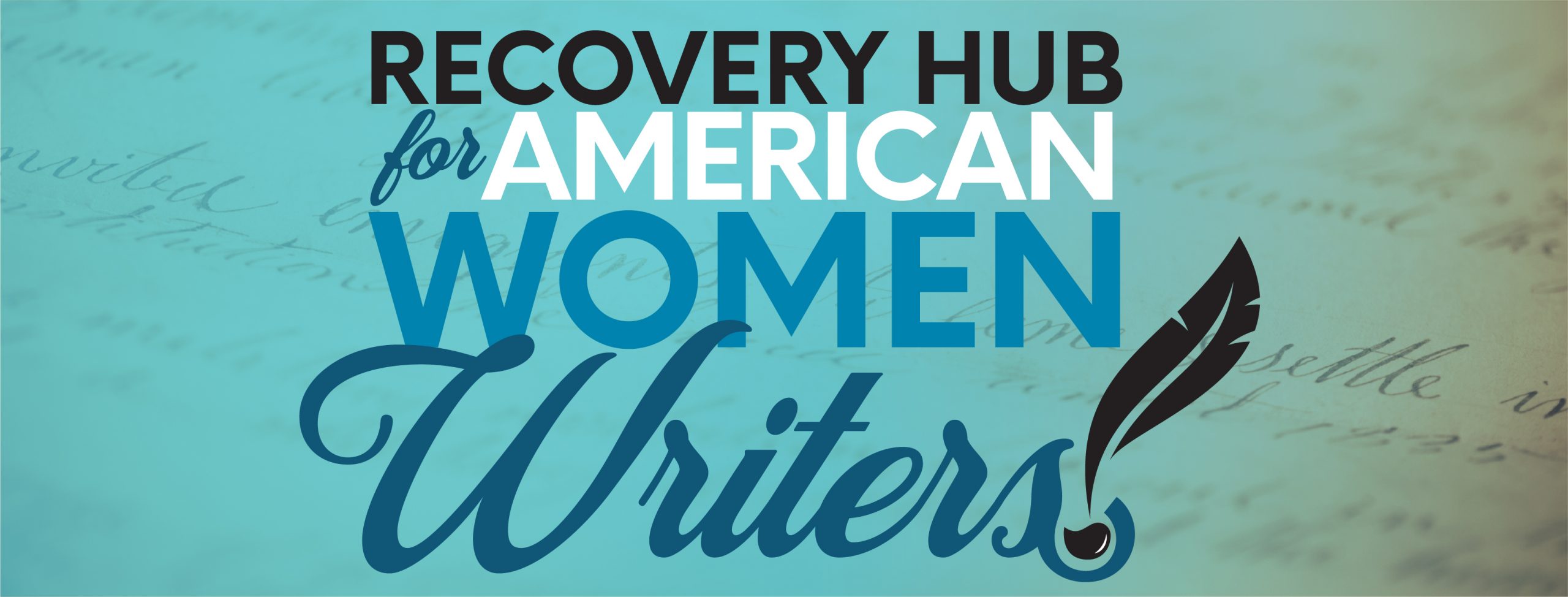This document outlines some of the principles that guide the Hub’s peer review model and provides a step-by-step guide to the process. In general, this model and process aligns with the Hub’s Pedagogical Mission Statement.
The Recovery Hub peer review process consists of two components: the private peer review and inclusion in the Hub’s public-facing teaching artifacts index.
The Hub’s peer review model is grounded in feminist practice. As such, reviews are open in that neither the reviewers nor the teaching artifact’s team are anonymous. Open peer review promotes accountability, respectful dialogue, and one-on-one mentorship, in contrast to single-blind or double-blind models that can help to sustain and reinforce exclusionary practices within academia. Open peer review also recognizes the review itself as a form of academic labor and ensures attribution for the reviewers as well as members of the teaching artifact’s team. In addition, reviewers provide private, actionable feedback and the opportunity for collaboration amongst educators.
1. Peer review
Each project will be evaluated by a reviewer, who will independently read and evaluate the submitted teaching activity. Reviewers will compile their feedback by using the questionnaire below. The peer review process considers teaching artifacts at two levels, evaluating their place within disciplinary contexts (both their humanistic field and the umbrella field of digital humanities) and offering specific feedback to the team on the artifacts’ strengths and areas for improvement, expansion, or future development.
Evaluating the artifact within its fields:
- Briefly summarize the classroom activity’s goals/outcomes as you understand them. Are they clear? Does the activity itself support them?
- What key terms do the submitters use to describe the artifacts? Do you have any key terms you would add or change based on your understanding of the artifact(s)?
- Where does the activity fit within its field? In other words, what fields is it addressing and what implicit arguments or claims is it making?
- What methods does the activity use to engage students?
- How does the activity make use of technology to advance its goals?
- What audience (institutional and otherwise) would this activity be aimed toward?
- What commitments does the activity demonstrate toward inclusivity?
- What measures has the activity taken to ensure accessibility?
- Has the activity given appropriate attribution to team members?
- How does the activity address issues of long-term sustainability? For example, are there any linked materials here that might become outdated, inaccessible, or otherwise unusable?
- Describe the structure of the activity. Do the components build on each other in a logical sequence?
- How is the activity assessed? Are these plans detailed, thoughtful, and reasonable based on the assignment?
Specific feedback for the project team:
- Technical considerations (How might the activity make better use of technology? How might the activity be expanded with other tools? etc.)
- Institutional considerations (What other audiences might the activity be adapted for and how? How realistic is the activity’s execution within different contexts? etc.)
- Scholarly claims (How can the purpose of this activity be clearer? How can its implicit claims be better incorporated? How might it leave itself more open for students’ own claim-making in the course of the activity? etc.)
- Student engagement (How can the way this activity is executed better engage students? How might it differentiate itself more from other activities with similar goals? etc.)
- Outcome considerations (Does the activity appropriately support the learning outcomes? How could it better achieve those goals or expand their outcomes? etc.)
- Other resources authors might consult
- Additional comments
Editorial recommendation
- Accept for public indexing
- Minor revisions (please describe)
- Revise and resubmit (please describe)
- Reject (please explain in detail)
2. Review response
After the reviewer has submitted their feedback, it will be sent to the individuals who submitted the teaching artifact(s), who will have a chance to read, respond to, or (if applicable) act on the feedback before the final decision of which teaching artifacts to publish on the Hub’s collection is made.
3. Assembling the publishable artifacts
If the submitters of the teaching artifacts have effectively implemented the changes requested by the peer reviewers, their teaching artifact(s) may be selected to include in the Hub’s collection. This method of publishing and sharing these teaching artifacts serve a couple of purposes:
- It documents the work of individual instructors in a form that’s legible to institutions and committees.
- It documents the importance of teaching artifacts and the interconnectedness of pedagogy and other scholarly pursuits.
- It promotes awareness and use of digital recovery projects, especially in new audiences contexts within a classroom.
- It highlights the wide variety of projects being supported by the Recovery Hub.
The published artifacts will include the submitters’ names and acknowledge who its peer review collaborators are.
